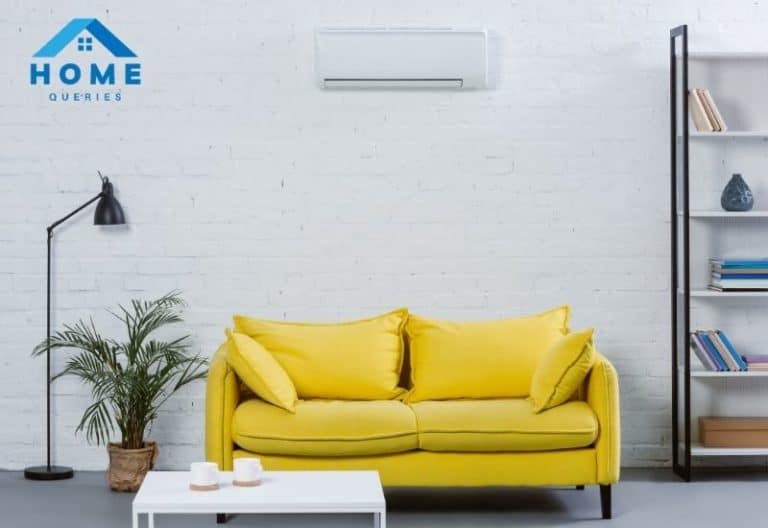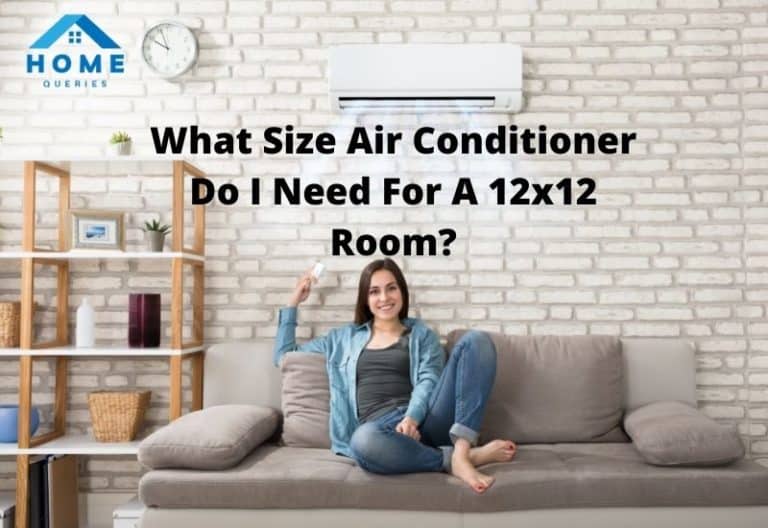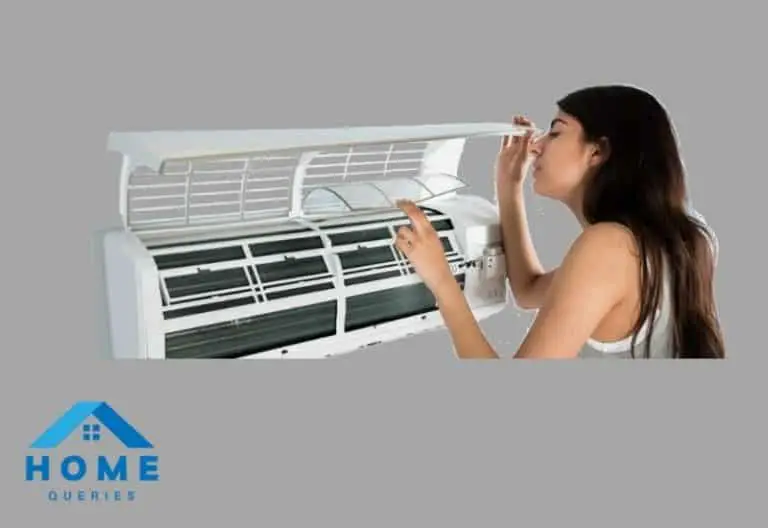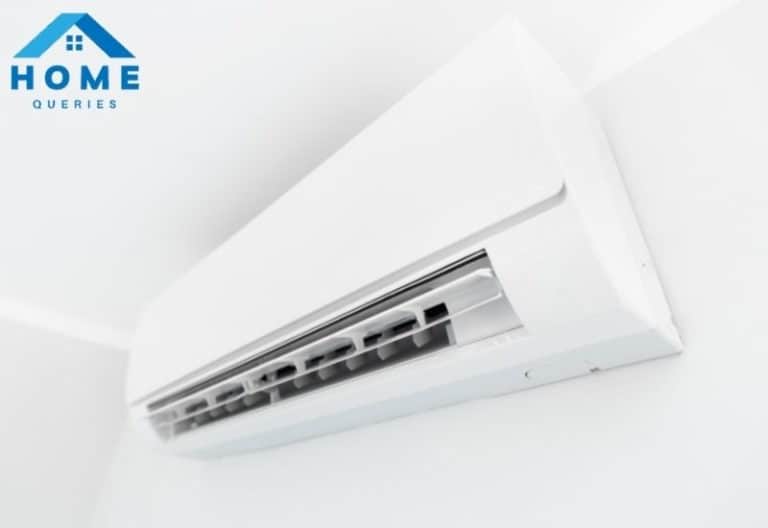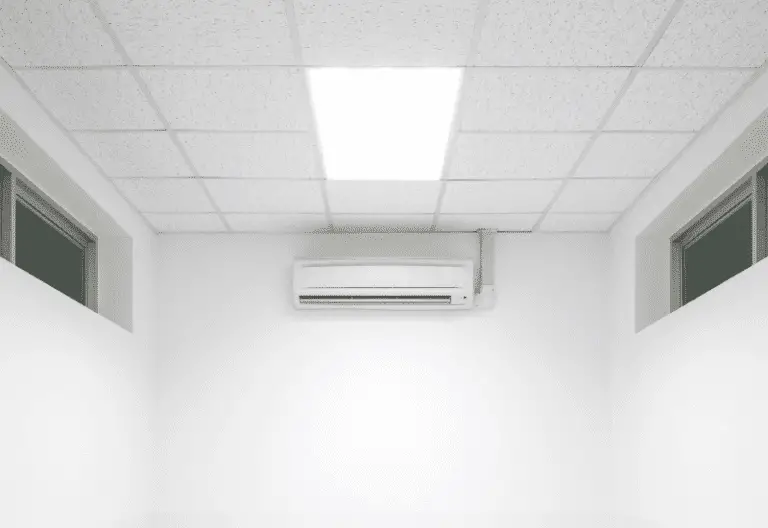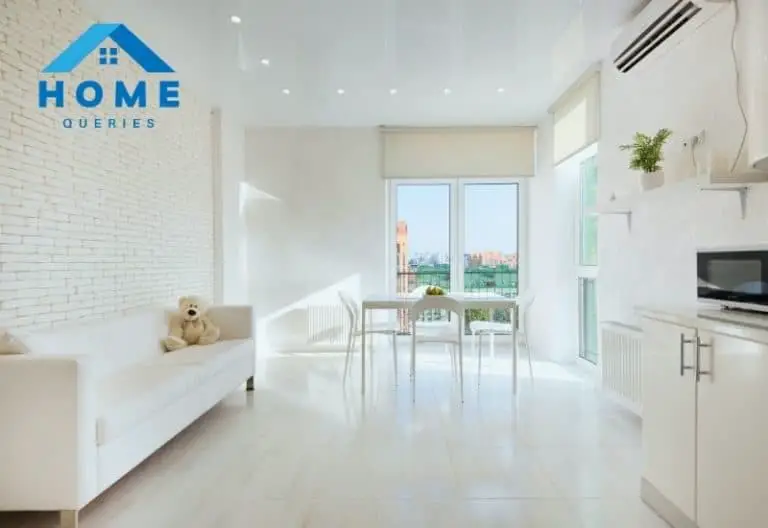Very often, homeowners face difficulties when they are about to choose an air conditioner or heat pump. No doubt, it is a very important decision, so a decision should be made wisely and smartly.
They have some differences when it comes to temperature drop but more or less both act similarly. When the fact is to choose HVAC units, either Heat pump or Central air conditioner will be acting the same.
If you’re also having the same confusion about the central air conditioner vs heat pump, you have come to the right place. This article will help you to make the right decision.
Let’s discuss the central air conditioner vs heat pump.
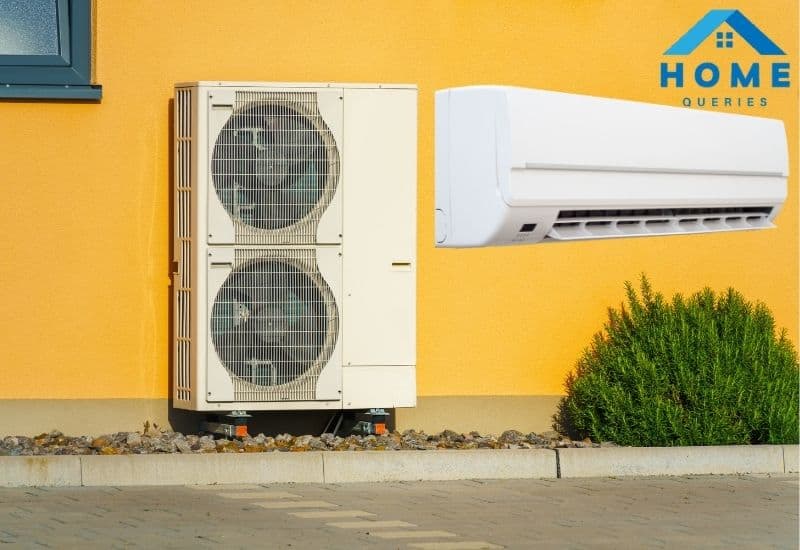
Which One To Choose? Central Air Conditioner Vs Heat Pump
Central Air Conditioner
It circulates cool air between a framework of supply and return channels. Supply channels and registers like openings within the dividers, floors, or ceilings secured by barbecues, carry cooled air from the air conditioner to the domestic.
This cooled air gets to be hotter because it circulates through the domestic; at that point, it streams back to the central air conditioner through return channels and registers. In brief, air conditioners provide cooled air to different rooms and places through a system.
Heat Pump
Heat pumps exchange heat from a place to another place.
Air source heat pumps move heat between the air inside a house and the air of the exterior of a house, whereas ground source warm pumps which are called geothermal warm pumps that interchange heat between the air from inside of a house to the exterior of a house.
As per your situation, budget, and requirements you need, you need to choose between an air conditioner and a heat pump.
Are They Similar Or Different?
To know more about central air conditioner vs heat pump, it is essential to understand the differences. Both of their purposes are the same but have some differences in their working process.
- Whereas basically identical in cooling mode, the heating mode might be a different story. Firstly, Air conditioners don’t give heating, but warm pumps do.
- Secondly, it is an amazing fact that a switching valve within the outdoor unit, a heat pump can assimilate heat energy from the outside air, indeed in amazingly cold temperatures, and exchange the heat into the home, where it discharges the heat to the air.
- Thirdly, a heat pump can be both warm and cool, but an air conditioner cannot, which is the essential difference between the two HVAC frameworks.
- Fourthly, an air conditioner is ordinarily matched with a heater to supply heat during the cold months. Together, an air conditioner and heater are a total warming and cooling system.
- Lastly, even though a heat pump can heat a home, when exterior temperatures drop underneath freezing which air conditioner can’t, but the proficiency of a warmth pump is influenced as the unit requires more vitality to preserve warm temperatures into the place.
Normal heat pump frameworks have an auxiliary electric radiator included in the indoor unit to include supplemental warmth when open-air temperatures drop.
However, because electric assistant heating Isn’t exceptionally productive, the expansion of a heater can be a better arrangement for this issue, making a framework that depends on the heat pump as the essential heat source but consequently switches to the heater when suitable.
To make the right decision or to remove confusion among central air conditioners vs heat pumps, let’s get to know how they work.
Read more: Is Heat Pump Work As Air Conditioner? (Don’t Mix-up!)
How Does A Central Air Conditioner Function?
Here are the main four parts of a Central Air Conditioner that ensure to serve its purposes perfectly.
- Refrigerant
One of the important parts is refrigerant which is also known as coolant, this substance is the air conditioner’s backbone. Its job is to carry the inside heat to the exterior and discharge it to the open-air environment.
At the time of the cooling cycle, the refrigerant carries over the different components of the unit and changes with the way.
- Evaporator Coils
Now, most portion of the indoor unit is capable of absorbing the inside heat of the place, and the coils ought to continuously be clean and fresh so that they work at ideal levels at all times. Also, replace the air channels as well as required.
- Condenser Coils
So, basically the most component of the outdoor unit and where the heat is discharged shockingly, it is inclined to gather dirt and other debris to make sure that occasional cleaning is vital.
- Compressor
Most importantly, this part works as the heart of the whole framework. It is the pump that guarantees the refrigerant carries out from the evaporator coils to the condenser coils.

Steps Of Working The Whole Process
Step 1
At first, a person would turn on the AC by setting up the desired temperature via the thermostat.
This will send signals to the sensors to know the temperatures of your place and if the ambient temperature is more than your desired temperature, the thermostat will begin to cool down, whereas the compressor will be turned so that the refrigerant can begin working.
Step 2
The Refrigerant Absorbs Heat From Indoor Air to create cooler air. The air conditioner also works as a dehumidifier.
It is prepared with a plate where the water is collected before it is depleted exterior accurately. This way, the water does not stream in your house, avoiding harm to your AC, walls, and floors as well.
Step 3
The fan of the system blows the cold air around the evaporator coils to return to your place. On the off chance that you have got a central AC unit, the cold air moves through the ductwork to reach each room and accomplish uniform cooling.
Step 4
The refrigerant will inevitably reach its restrain when retaining heat. Subsequently, it ought to discharge the heat outside. It travels outside through the condenser coils within the open-air unit to discharge the warmth and continue until it reaches an equilibrium state.
Step 5
Effective fans blow air over the condenser coils to assist the refrigerant to cool down. The framework empowers heat to move the outer faster.
Step 6
In the Last step, when the refrigerant hits its harmony, the compressor pumps it back to the indoor unit to make the process repeated. It’ll be working until the indoor regulator sensors identify that the indoor temperature has come to the desired temperature.
So, the fact is it doesn’t produce cooler air. Rather it cooled down the temperature of the place and remove the heat for comfort.
How Does The Heat Pump Function?
The important parts of the Heat pump are,
- Outdoor Unit
This unit contained a coil and a fan. In cooling mode, it works as and as an evaporator in heating mode. The fan blows exterior discussion over the coil to encourage the heat exchange.
- Indoor Unit
Like the outdoor unit, the indoor unit, commonly alluded to as the air handler unit has coil and fan. Here, in cooling mode, the coil acts as an evaporator, and in heating, mode acts as a condenser.
- Refrigerant
The refrigerant absorbs and removes heat because it circulates all through the heat pump system.
- Compressor
It forces the refrigerant and travels it all through the system.
- Reverse Valve
The portion of the warm pump system that turns around the stream of refrigerant, permitting the framework to function within the inverse heading and switch between warming and cooling.
- Expansion Valve
The extension valve acts as a metering gadget, regulating the flow of refrigerant.
Read more: Do All Air Conditioners Have Heat Pumps?
Steps Of Working A Heat Pump In Cooling Mode
Step 1
Firstly, Liquid refrigerant is pumped within the extension parts that remain at the indoor coil, which plays the role of an evaporator. Air from the interior of the house is blown over the coils, where heat vitality is retained through refrigerant.
The outcome is cool air is blown all through the channels.
Step 2
Secondly, The gaseous refrigerant presently passes within the compressor, which triggered the gas. The method of pressurizing the gas results in warming up. The warm, forced refrigerant travels through the system to the coil within the outdoor unit.
Step 3
Thirdly, A fan within the open-air unit moves exterior air over the coils, which will be working here as condenser coils in cooling mode.
Since the air outside the domestic is cooler than the hot compressed gas refrigerant within the coil, warm is exchanged in between refrigerant and exterior air. In the meantime, the refrigerant condenses back to a liquid state because it cools.
Step 4
Here, The extension valve diminishes the weight of the warm liquid refrigerant, which cools it essentially when the refrigerant is in a cool, fluid state and prepared to be pumped back to the evaporator coil within the indoor unit and keep the cycle repeating.
Working Procedure Of A Heat Pump In Heating Mode
The working process of heat pumps is similar to cooling mode, but that the stream of refrigerant is turned around by the reversing valve. The stream inversion implies that the warming source gets to be the exterior air, and the warm vitality is discharged into the interior of the home.
Here, the external coil will be working as an evaporator and the indoor coil as a condenser. The working procedure is almost similar. Heat energy is ingested within the open-air unit by the cool fluid refrigerant, converting to cold gas.
At that point, weight is applied to the cold gas, making it hot gas.
Advantages And Disadvantages
Advantages Of Central Air Conditioner
- Cool down the whole house.
- Better air quality.
- Cost-effective in comparing single AC for the whole house.
- Easily operable.
Disadvantages Of Central Air Conditioner
- High maintenance is required.
- Centralized units remain dirty, unclean.
- Health problems might occur.
- It cannot provide warm air during winter.
Advantages Of Heat Pump
- Both cooler and heater at the same time.
- Long-Lasting
- Low maintenance.
- Fewer carbon emissions.
- Good safety.
- Less running costs.
Disadvantages Of Heat Pump
- High upfront cost.
- Complex installing
- Not entirely carbon neutral.
- Proper planning is required.
- Needs a lot of work.
- Air quality is hampered.
Conclusion
To conclude, you can understand the differences between a central air conditioner vs a heat pump decision.
Considering all the above discussions, it is to be said that both of their purposes are no different but have some technical changes, working processes and they do have different advantages and disadvantages.
As per your situation, budget, and requirements you need, you need to choose between an air conditioner and a heat pump. I hope this article helped you to make the right choice for your place.

